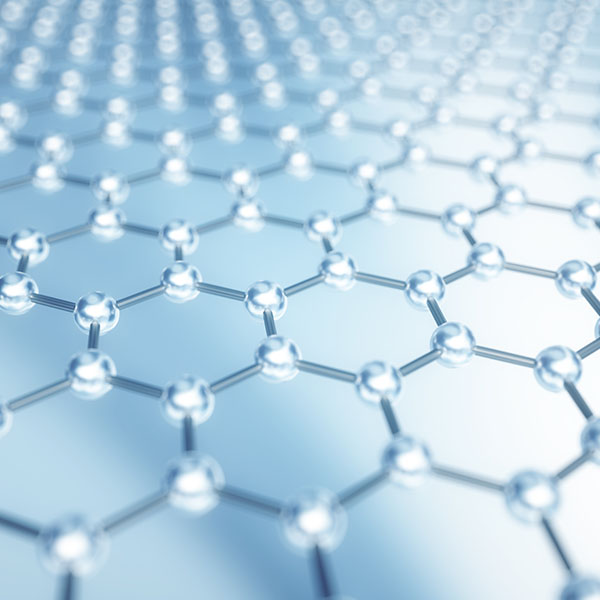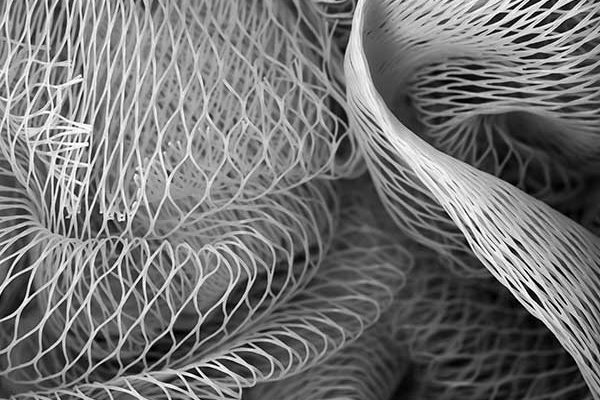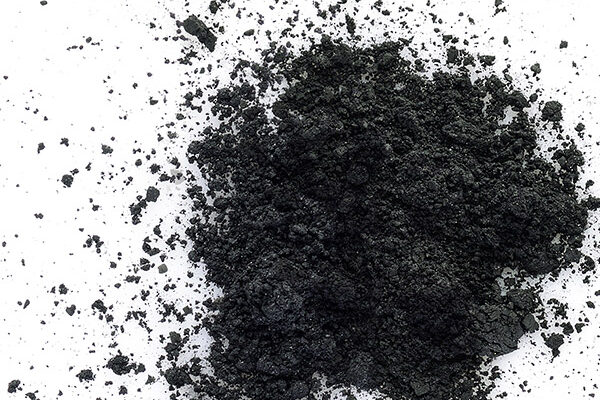Proposed use
This proposed invention is a novel approach to liquid exfoliation to achieve more efficient and cost-effective production of 2D materials at any scale. The invention comprises the apparatus and the process to achieve continuous flow process during liquid phase exfoliation of graphene. Graphene is a strong, light and flexible 2D material. As a thermally and electrically conductive material, it has applications ranging from semiconductors to opto-electronics.
Problem addressed
It is challenging to scale-up and achieve mass production with the existing production methods of 2D materials. The exfoliation method is a core step in production of 2D materials. It uses a solvent to stabilise and prevent re-aggregation of the nanosheets separated from the layered raw material.
In existing exfoliation methods, spatial distribution of shear stress and velocity fields are non-uniform. This means fluid mechanics and shear stress distribution change with the dimensions of the container used in production. As a result, existing exfoliation methods have poor repeatability in product output and challenges in scaling-up the production.
Technology overview
The apparatus is a fluidic exfoliator with a peristaltic pump to deliver the layered raw material (such as graphite) and solvent (ie. NMP) from reservoir to the inflow port. The material that passes through the fluidic exfoliator then exits through the outflow port and goes back into the reservoir for recirculation.
The apparatus provides this continuous flow exfoliation and dispersion with a hollow rotating inner cylinder positioned in a stationary outer cylinder. Rotation of the inner cylinder simultaneously creates two fluidic zones. First fluidic zone provides the initial mixing and shearing of raw material with the solvent and the second fluidic zone created between inner cylinder and outer cylinder walls generates higher mixing and shearing forces to exfoliate the graphite and NMP mixture. Same fluidic mechanics can be achieved with this apparatus at any dimension. Therefore, the exfoliation process and the material production capacity can be scaled-up.
Benefits
- Exfoliation process that can easily be scaled-up and scaled-out
- Apparatus provides controllable exfoliation conditions in a compact, continuous flow process
- Fluid flow characteristics can be finely controlled and is repeatable
- Apparatus provides homogenous mixing and shearing of precursor material
- Apparatus provides homogenous heat transport for heating/cooling applications
- More efficient and cost-effective production method of 2D materials at any scale
- Combined exfoliator and disperser of nanomaterials without requiring toxic solvents
- Production of 2D materials with greater environmental consideration
Intellectual property information
GRAPHENE FLUIDIC EXFOLIATION: EU Application (Number: EP3661872) & US Priority Application (Number: 1712306.8)






